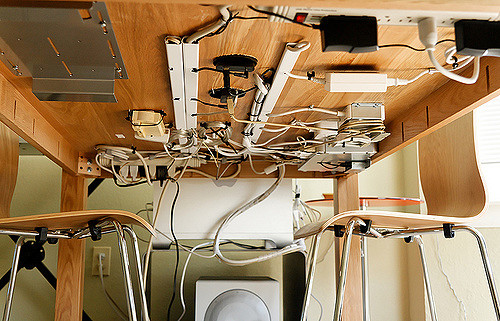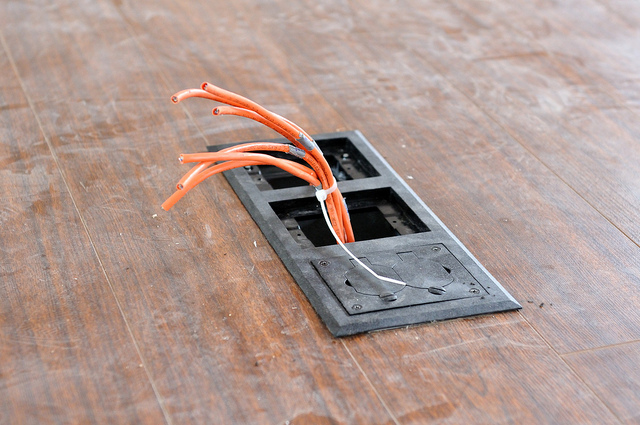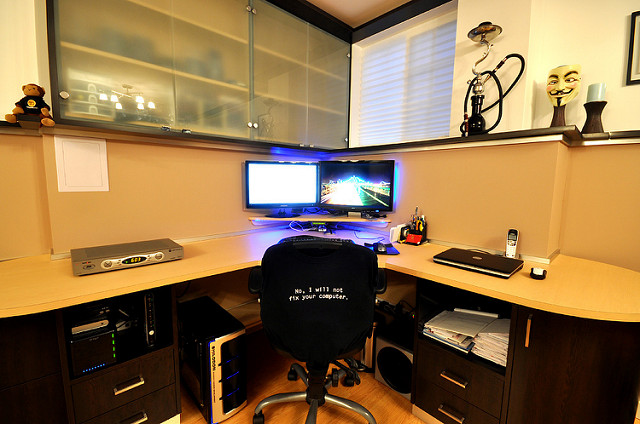If you notice a puddle of water on your office floor, you know immediately that there’s something wrong and you call whoever is in charge to take care of the problem. Similarly, if you smell something burning, you don’t waste time, but call the firefighters. The pattern is clear: you use your senses to detect an abnormality and react accordingly. But what happens if you can’t rely on any of your senses to notice a problem? How do you deal with an invisible servant that might turn into an enemy? What servant? Well, electricity, of course.
Electrical hazards are known to cause most difficult and fatal accidents. Hundreds of people get electrocuted every year, with thousands more getting injured. That’s why it’s important that every employee is trained to use electrical equipment properly and to report any hazard they might come across.
Signs
This is not only a legal requirement, but also a necessity from the point of view of common sense. Make sure there are warning signs and that labels are clearly visible, so that employees don’t use a dangerous machine they’re not qualified to operate or enter a hazardous area by accident.

Train Employees to Recognize Risk
Each employee should know where circuit breakers are located and how to use them in an emergency. Also, they should be aware that sometimes those circuit breakers are removed when electricians work on defective equipment, so that they don’t replace a breaker while the works are in progress, thus endangering other people’s lives.
Furthermore, employees need to know which hanging wires represent a potential risk. Some exposed wires pose electrical-exposure risks that everyone should be familiar with. When it comes to electrical issues, zero tolerance should be introduced and each and every person spending time in and around the offices should be trained to recognize a potential hazard.
Hire experts
This is of utmost importance. Sensitive tasks should be left to experts, who have been trained and certified to operate high-voltage equipment. Bring in respected professionals and trust their judgment when it comes to safety. “We recommend you also contract professionals who would regularly check your electrical system for any potential problems,” advise the guys behind Sydney Electrician.
RCDs
Residual current devices (RCDs, a.k.a. “safety switches”) are used to protect employees operating portable equipment. In case an RCD, circuit breaker or other protective device is disconnected, it is vital to establish exactly why it happened before you switch it back on. These devices also need to be regularly tested for their effectiveness. It goes without saying that all electrical equipment should be maintained in accordance with the manufacturer’s instructions. Visual inspections and testing should also be conducted.

DIY
Yes, there’s something you can do without calling an electrician, and no, it’s nothing really exciting. Still, if you want to clean the inside of your computer case, make sure you’ve unplugged it first. The same rule applies to replacing a cartridge in your printer. Basically, if you wish to perform any action involving any piece of electrical equipment, you need to remove it from the power supply system.
As you can see, there are some minor interventions that can be performed by amateurs, but with great care. For everything else, you really need a trained professional. However, each and every one of us needs to stick to the rules if we want our office to be a safe workplace. That is important because of health and safety of all people and also because electricity-related accidents are usually the most expensive ones. And they often come without a warning, which is why preventive measures are so important.

